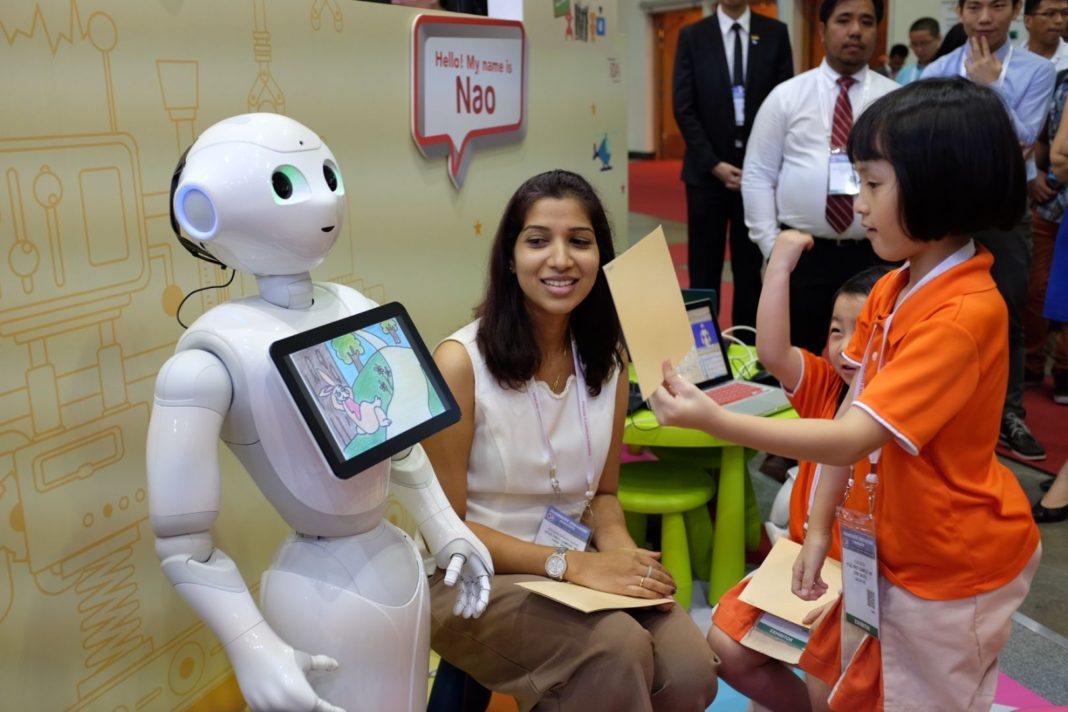If you are a teacher currently, then the above question may worry you a little. But, is it really possible for a robot to teach a classroom full of pupils just as well as a human if they’ve been trained to the same level? Probably not in all fairness – at least not yet anyway. However, most jobs today can be automated, and those that can’t are being looked into closely. It won’t be long before AI is integrated into every sector whether it’s banking, housing, healthcare, and education, but rather than focus on the possibility of losing out to AI, why not think about how it can actually help you.
Many educational courses can be completed online now in what’s known as a ‘virtual classroom’. Pupils can often study at their own pace and still have access to all the relevant resources and support they need. But, drop-out levels in courses such as these are high and it appears that many students still prefer a real classroom over a virtual one, and this may be because people can capture the attention of an audience a lot easier than a robot can.
There’s also other areas that robots fall short compared to that of real teachers including helping vulnerable pupils, providing pastoral care, mentoring new teachers, planning school trips, and meeting parents. They can not think on the spot and quickly change plans if something goes awry. They would literally have a melt down and stop working. Admittedly, robots could probably take care of all the admin tasks that teachers need to do such as monitoring attendance, ordering resources, and grading papers. And, they would probably be more efficient at it too. But, there are too many other areas that they fall short in for robots to take over from teachers completely. For example, you can’t teach a computer empathy, and so dealing with vulnerable children would not be wise. But, to find the right balance between humans and AI in education is a given and will not only help teachers, but will give students a broader spectrum to learn from as well.
More News To Read










